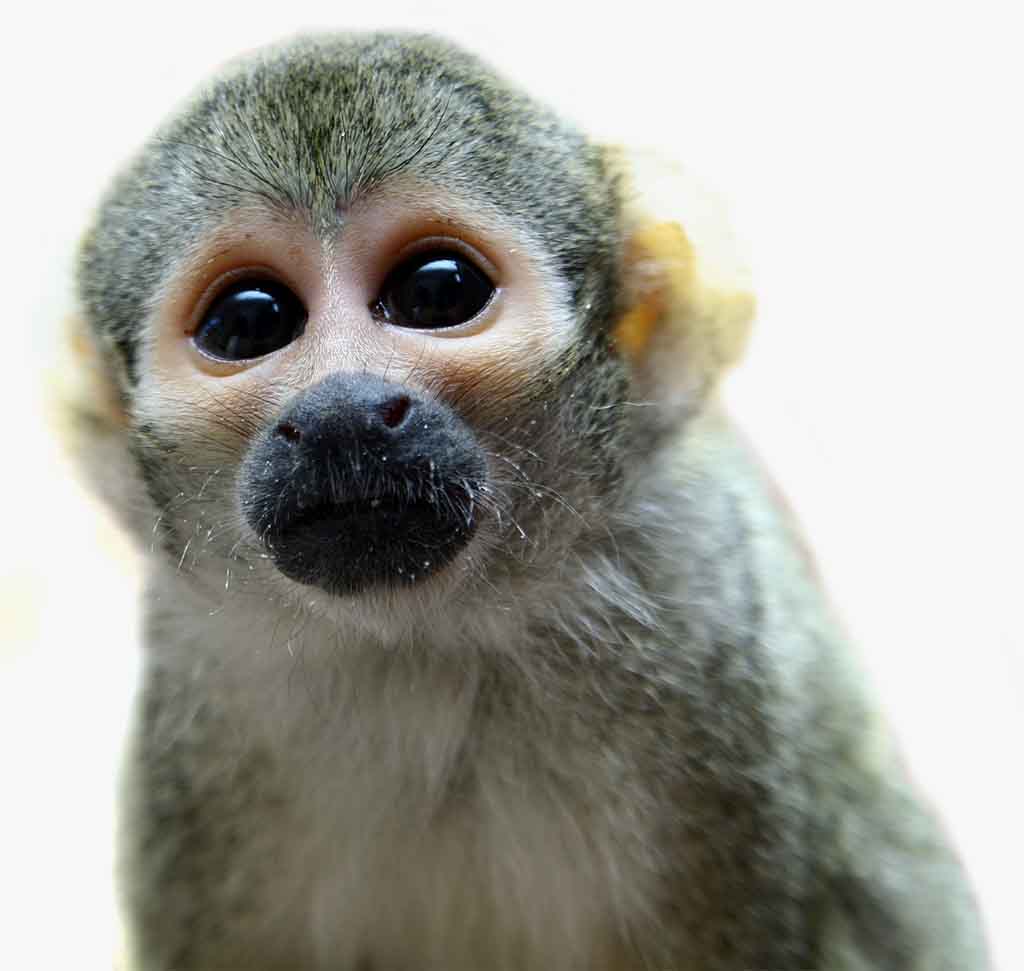The Northern Tree Shrew (Tupaia belangeri) is a Tree Shrew species native to Southeast Asia.
In 1841, the German zoologist Johann Andreas Wagner first used the specific name Cladobates belangeri for treeshrews that had been collected in Pegu during a French expedition to Southeast Asia. These specimens were described by Isidore Geoffroy Saint-Hilaire in 1834 in whose opinion they did not differ sufficiently from Tupaia tana to assign a specific rank.
Results of a telemetry study involving northern treeshrews showed that their body temperature varies from 35 °C (95 °F) during the night to 40 °C (104 °F) during the day. This difference is larger than in other endotherms, and indicates that the circadian rhythms of body temperature and locomotor activity are synchronized.
Adults weigh 0.2 kg (0.44 lb). The maximum longevity of the northern treeshrew is 11 years.
Northern Tree Shrews are native to the rainforests of south east Asia. They are very adaptable to different habitats though, and have also been found in oil palm and coconut plantations.
Northern Tree Shrews are omnivores, which means they eat both plants and animals. Their diet consists of insects, beetles, fruit and seeds.
12 years (Captivity)
Least Concern.
This diurnal (active during the day) species is semi arboreal and semi terrestrial, which means they spend half of their time in trees and half on the ground.They are very territorial and can be aggressive when defending their territory.
